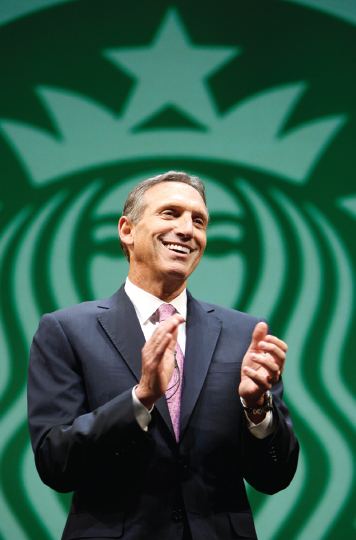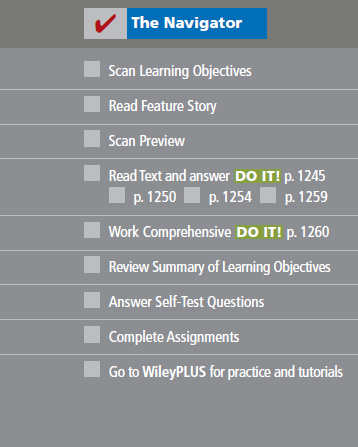Chapter 25 Standard Costs and Balanced Scorecard


Learning Objectives
After studying this chapter, you should be able to:
- Distinguish between a standard and a budget.
- Identify the advantages of standard costs.
- Describe how companies set standards.
- State the formulas for determining direct materials and direct labor variances.
- State the formula for determining the total manufacturing overhead variance.
- Discuss the reporting of variances.
- Prepare an income statement for management under a standard costing system.
- Describe the balanced scorecard approach to performance evaluation.
![]()
Feature Story
80,000 Different Caffeinated Combinations
When Howard Schultz purchased a small Seattle coffee-roasting business in 1987, he set out to create a new kind of company. He thought the company should sell coffee by the cup in its store, in addition to the bags of roasted beans it already sold. He also felt that the store shouldn't just sell coffee but also a pleasant atmosphere and experience. Schultz saw the store as a place where you could order a beverage, custom-made to your unique tastes, in an environment that would give you the sense that you had escaped, if only momentarily, from the chaos ...
Get Financial and Managerial Accounting now with the O’Reilly learning platform.
O’Reilly members experience books, live events, courses curated by job role, and more from O’Reilly and nearly 200 top publishers.

